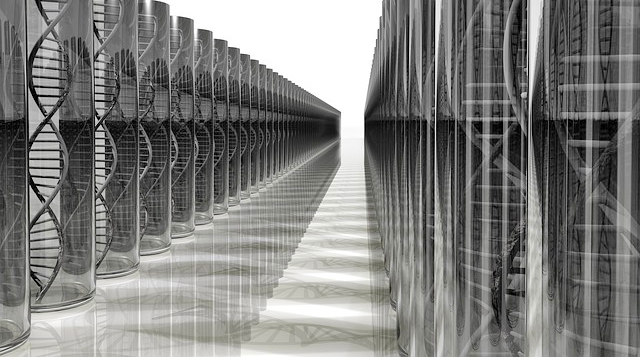
It gets complicated.
Building “races” is a big thing in worldbuilding, especially in the areas of Science Fiction and Fantasy. People craft epicly different alien races. Games have different stats for the “player races.” Everyone seems happy when some fantasy world has Not Just Another Elf since so many races seem the same.
So if you’re worldbuilding, there’s a chance you need to create races. That’s the problem – when we talk about worldbuilding races, we’re not always talking races. If I’m going to talk race-creation I need to clarify what we’re talking about
We’re probably not talking about what you think we are.
A Matter Of Terminology
The term race, if you want to get technical (and I do) refers to a group within a species that has certain identifiable characteristics. This definition occasionally shades into ethnicity when speaking of humans, but it’s “here’s an identifiable group of individuals that are distinct but part of X species.” Race is part of species.
Let’s talk about the word “race” where it most comes up in worldbuilding – constructing aliens and non-humans in science fiction and fantasy settings. We talk about the elven race, or the Klingon race or the Grashuka Race of The Gas Giants. We toss the word “race” around so much when building these settings, one issue gets missed.
We’re often using it wrong.
Note the above definition of race, it’s a way to identify categories within a species. The problem is when we think we’re building races we’re building species.
Those giant cephalopod philosophers from Aldebaran that you created are not race, they’re a species. They don’t come from the same origins as humans, and logically they couldn’t even crossbreed with us. They are not just distinct, they are literally an entire alien species.
But we’re likely to call them a race. Even I, typing this, find myself slipping into using “race” when I mean species.
Oh, and it gets more confusing, because . . .
Everyone On The Xenophilia Train
There’s a strong element of SF and fantasy fiction that involves the interbreeding of different species. Demons have children with humans, elves with humans, and . . . well we humans apparently are pretty promiscuous in literature. But you have different species, of different origins, interbreeding with others.
That makes everything a bit more complicated, because though humans may be made by one god and the Elves are crystalized starlight, though they are species, they are able to reproduce as if they were races.
Sure, this may not be “realistic” from a scientific point of view, but that doesn’t stop people. Hell, Science Fiction has been having human/alien crossbreeding long before Spock’s dad got round-ear fever. In literature the boundary between species and race is a bit fuzzy.
Plenty of species, who just act like races.
So What Do We Do Here?
I called this out because its important and because it’s a pet peeve, but what we do here is surrender.
My default stance is to refer to building any sentient species (or race) as a race, with occasional asides when we are truly talking species.
I suspect we can’t avoid this for two reasons:
- It seems to be the default.
- When we talk sentients there’s a tendency to see them as human. We see them as “like” us so we think of them as a variant of us – race, not species.
There I give in. But before we close out, a bit of advice for navigating this terminological divide.
What You Have To Look Out For
So, as a worldbuilder, here’s what you need to look out for when building races/species.
- Does your setting have species or races in the classic sense- are the various creatures and sentients in your setting of common origins or different ones? That will help you design them better (and realize when there are radical differences)
- Does your setting allow for the species/race boundary to be fuzzy? If your fantasy races can all interbreed because magic then you’l need to keep that in mind. There may be species whose interbreeding is more like races.
- What are the impacts of #1 and #2? If you have exotically different alien species who can all interbreed, what does that mean for their societies, for genetic health, for children. For that matter it brings in a whole new definition of “First Contact.”
- What terminology do people use to refer to their race/species depending on how distinct the identity is? Right here we just discussed race versus species – others in your world are going to have that debate.
In the end you need to know when you have species, when you have races, and when you have species that act like races.
Yes, it’s confusing. But it’s less confusing than not pausing to ask the race/species question.
So with his out of the way, next, up, let’s get into the nitty gritty of race creation. And my race, I sometimes mean species.
Sorry.
Respectfully,
– Steven Savage
http://www.musehack.com/
http://www.informotron.com/
http://www.seventhsanctum.com/




